Why NASA studies plant telomeres and the connection to aging and disease
Synopsis: Postdoctoral research associate at Texas A&M University Borja Barbero explains the importance of studying plant telomeres in space. The findings of his research with Dr. Dorothy Shippen offer insight into the effects of spaceflight on plant chromosomes and how these findings could impact human health.
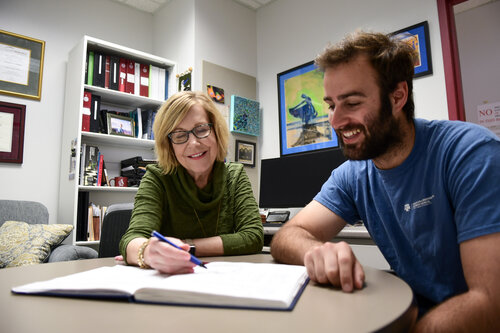
Q: What are telomeres?
Barbero: The best analogy is a shoelace. At the very tip of a shoelace is a piece of plastic called an aglet. The aglet holds the shoelace together. If it is damaged or removed, the shoelace begins to unravel. Telomeres are compound structures at the very tip of a chromosome. They protect the ends of chromosomes from becoming frayed or tangled. Therefore, telomeres are vital for chromosome survival.
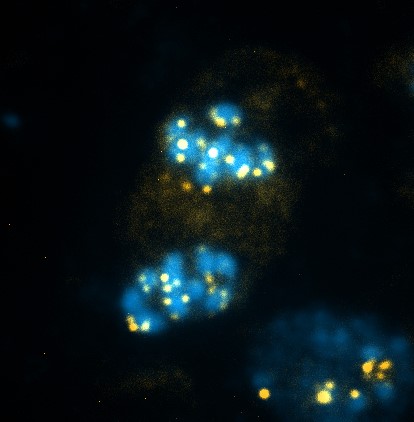
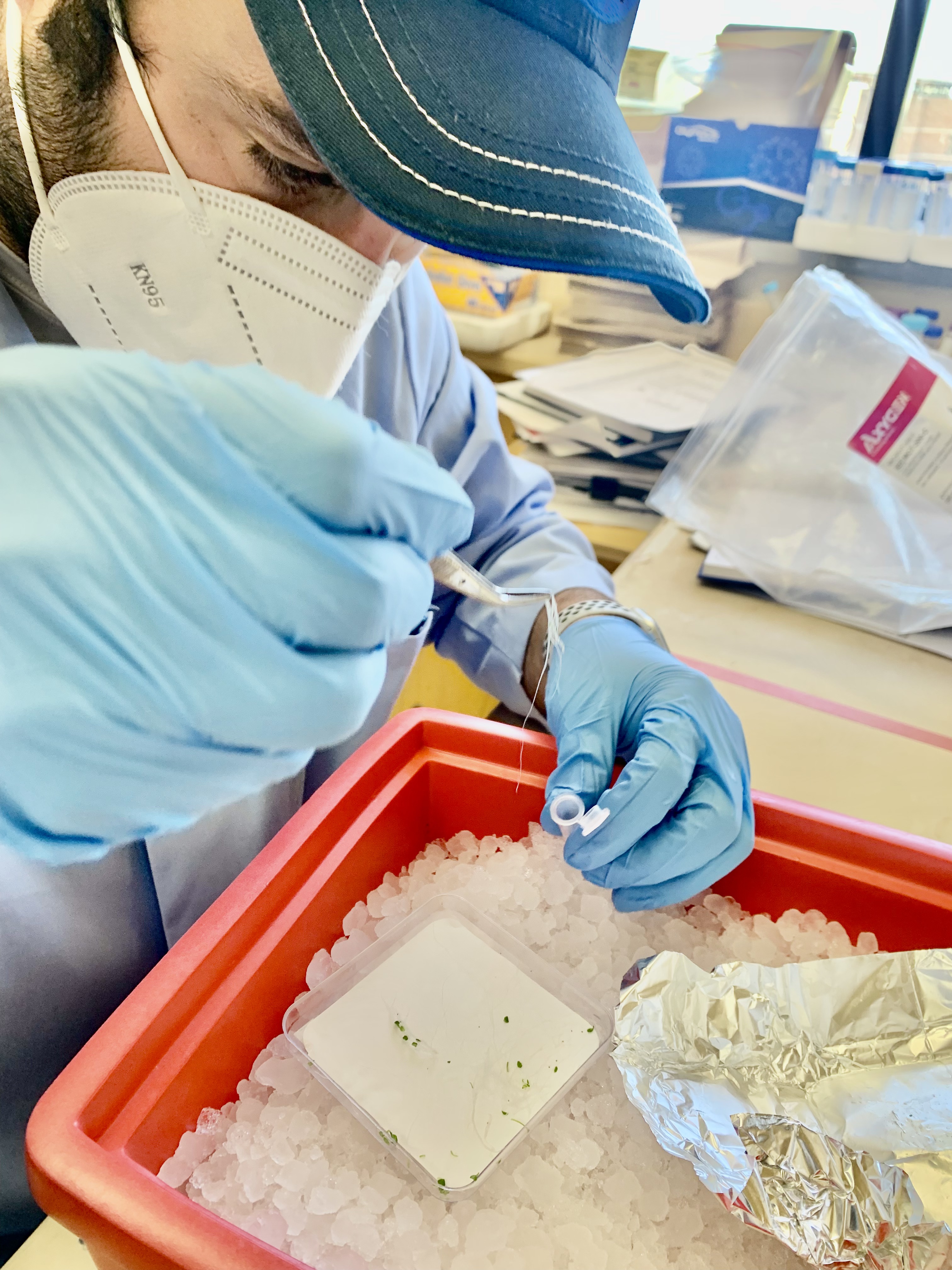
Q: Are telomeres a barometer of health for living organisms?
Barbero: They are probably the best-known markers of cell survival. It is a longevity marker. The length of a telomere is a very important indicator of the health of an organism. In humans, if telomeres are too long, it could be a marker of malignancies like cancer. If telomeres are too short, it could be a sign of premature aging. As humans get older, their telomeres become shorter over time. Plants do not have cancer, but a shorter telomere length is a marker for the plant not being able to survive multiple generations.
Aging, genetics, and environmental factors cause telomere shortening. The ideal length for a telomere is species specific. A healthy telomere length for humans is between 5-15 kilobases (a unit of measure used to designate the length of DNA or RNA). In Arabidopsis thaliana (Col-0 ecotype), a model plant related to mustard plants, a healthy telomere range is between 2-5 kilobases.
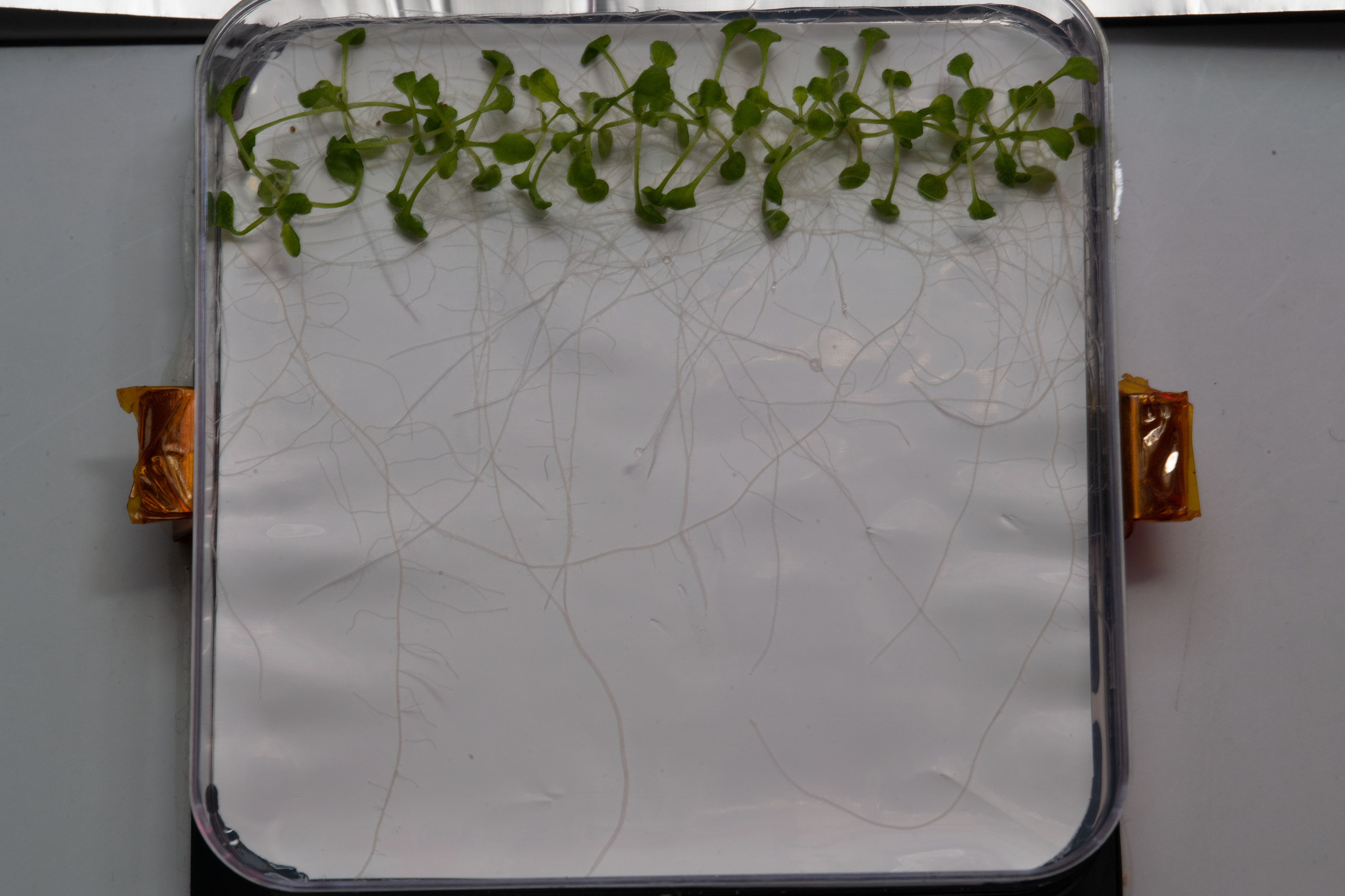
Q: What led to the idea to study plant telomeres in space?
Barbero: The idea was sparked by the NASA Twins Study. Identical twin brothers, Mark and Scott Kelly, both NASA astronauts, participated in an experiment that helped scientists better understand the impacts of spaceflight on the human body. This was accomplished by comparing Scott Kelly, who spent one year on the International Space Station, to his brother, Mark Kelly, who remained on Earth.
One of the key findings of the study was the change in telomere length. Scott Kelly’s telomeres grew longer while he was in space. When he returned to Earth, some of his telomeres fell below baseline. As mentioned previously, telomere lengthening can be a hallmark for malignancies. Short telomeres are associated with stem cell disease. So, that led us to question, is this something that happens in other organisms? What happens to plant telomeres in microgravity?
If we want to rely on plants as a food source and as a way to generate oxygen and remove carbon dioxide, we need to make sure plants last a long time in space.

Q: How was the study conducted?
Barbero: This experiment was launched in June of 2021 on the SpaceX-22 Commercial Resupply Services mission. We used Arabidopsis thaliana seedlings that were kept in a petri dish. They grew inside the Vegetable Production System (Veggie) hardware on the International Space Station for 12 days. The samples were then frozen and sent back down to Earth. The plants were then carefully dissected and analyzed in a lab.
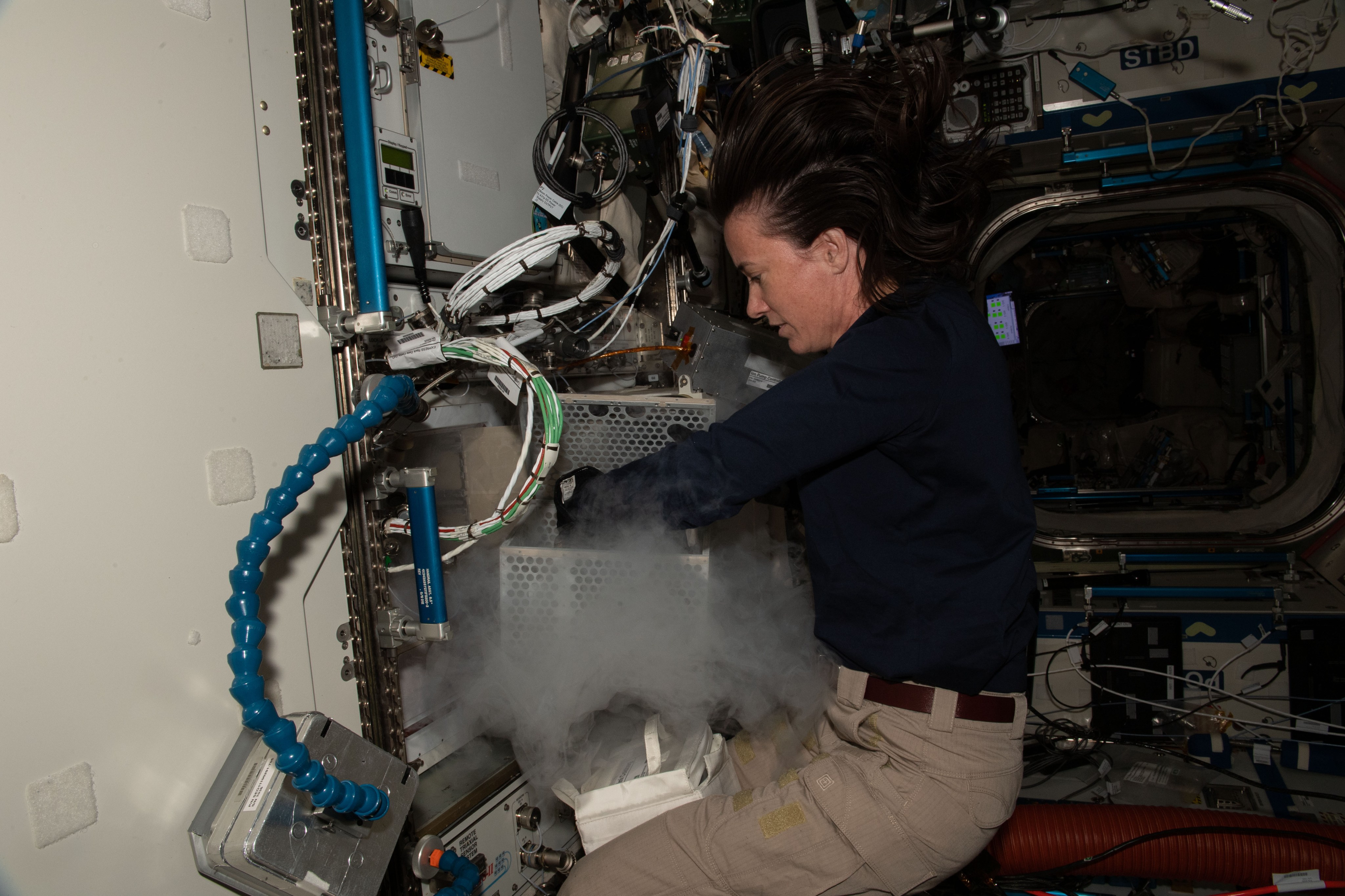
Q: What were the key findings of the study? Anything surprising?
Barbero: To our surprise, the plants that were kept on the International Space Station had no change in telomere length. The length of the telomeres in space were the same as the plants on Earth. This leads us to believe that plants may be more than capable of maintaining their genome in harsh environments, which means, plants can be kept through many generations in low Earth orbit.
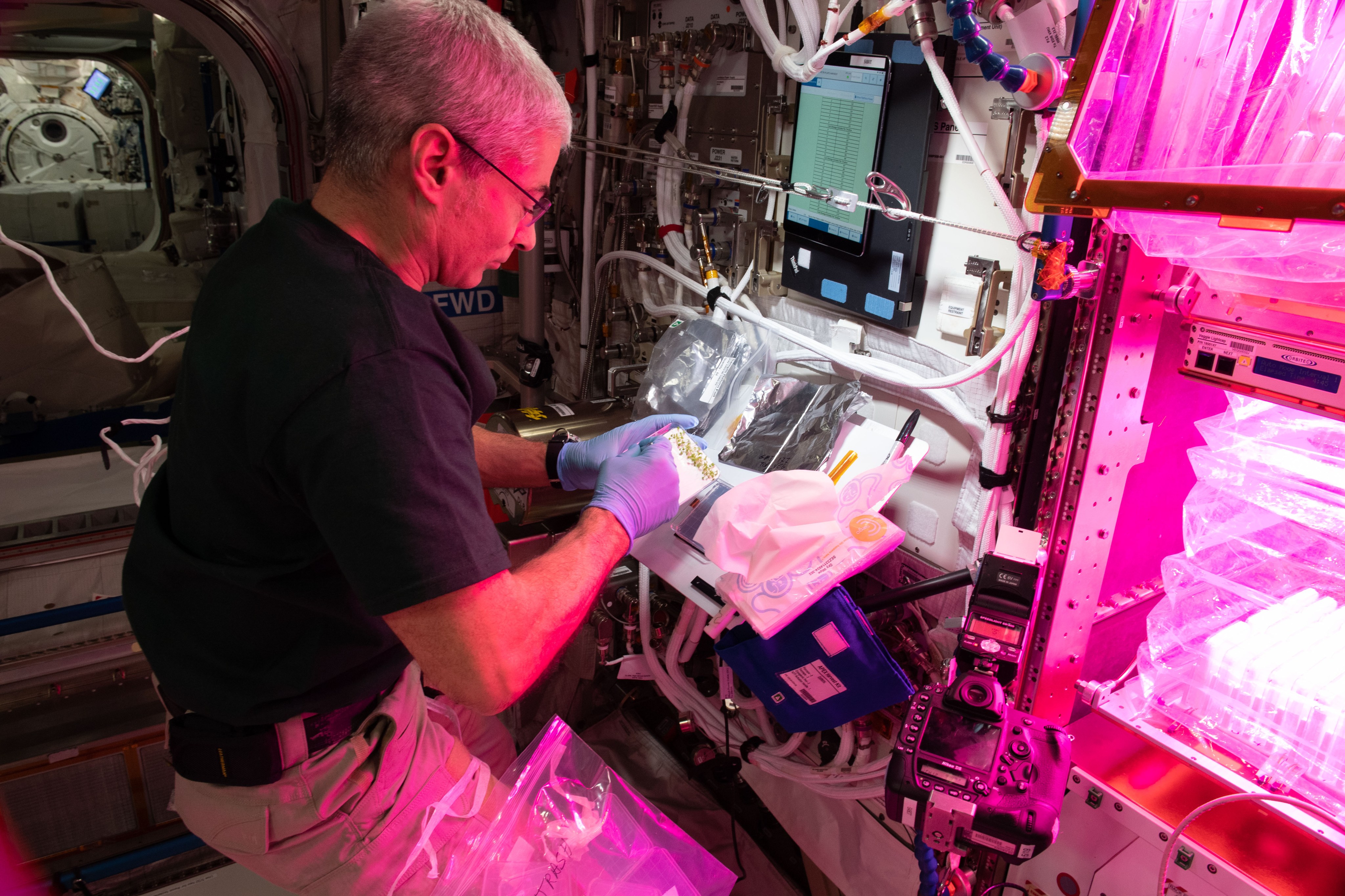
Q: Based on these findings, what are the implications for studying human health and disease?
Barbero: We have a pretty good idea of the mechanism of telomere maintenance in plants. There’s a potential avenue to understand how this mechanism can possibly benefit human telomeres. We can investigate how the plant telomere maintenance mechanism differs from human telomere maintenance mechanisms. This could help us understand why human telomeres got longer in space. It’s a very tough question to answer, but that’s why we need to keep pushing towards the same goal in science.
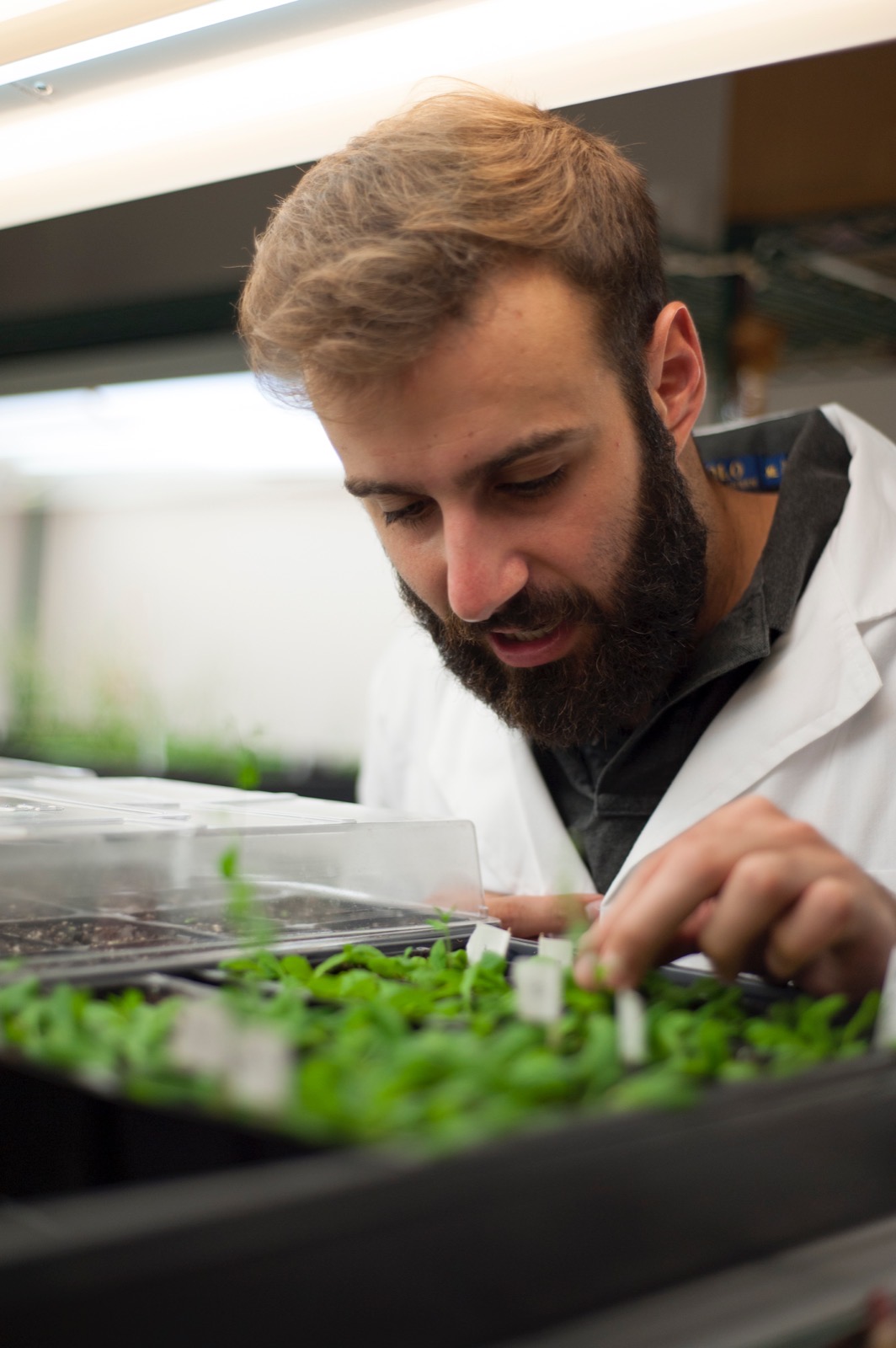
Q: What is the next step in this investigation to further study this?
Barbero: Now, we are trying to understand how radiation affects plant telomeres. We will investigate how Arabidopsis thaliana telomeres respond to a wide range of stressors in a state-of-the-art galactic cosmic ray simulator. In the Artemis era, where humans are going to be exposed to a greater amount of radiation, we also need to study how plant telomeres are maintained with an increasing source of radiation. Could plants be a reliable food source beyond low Earth orbit?
